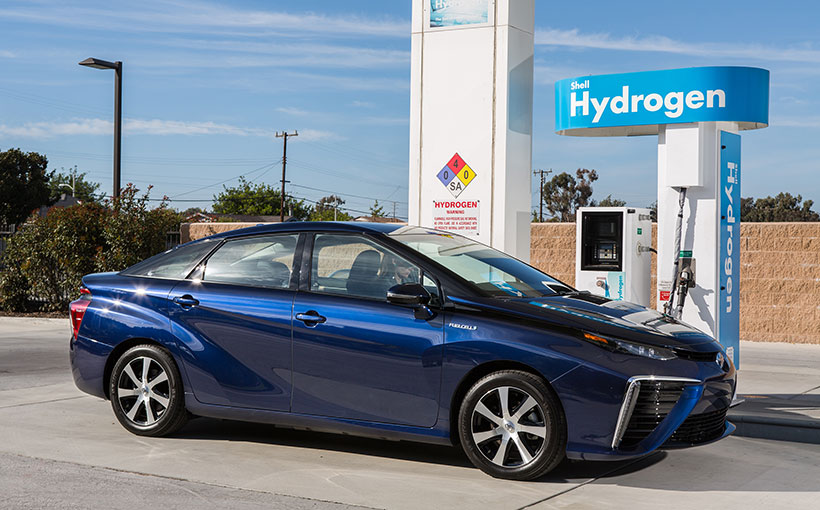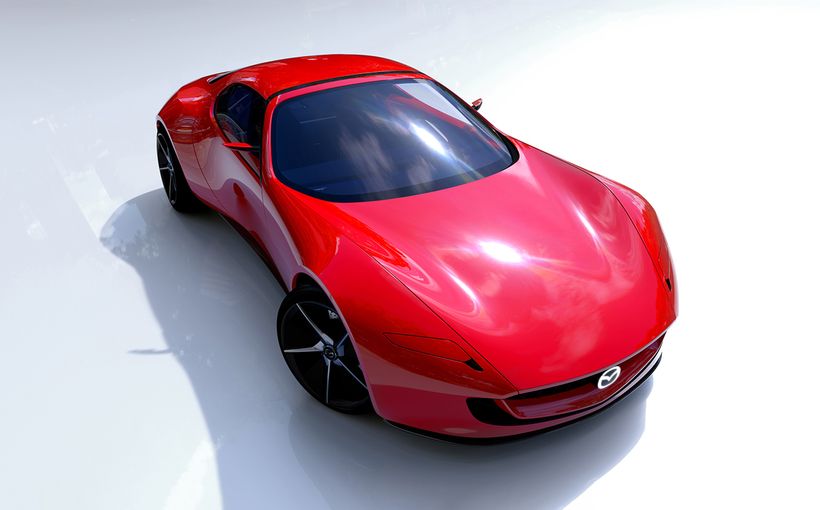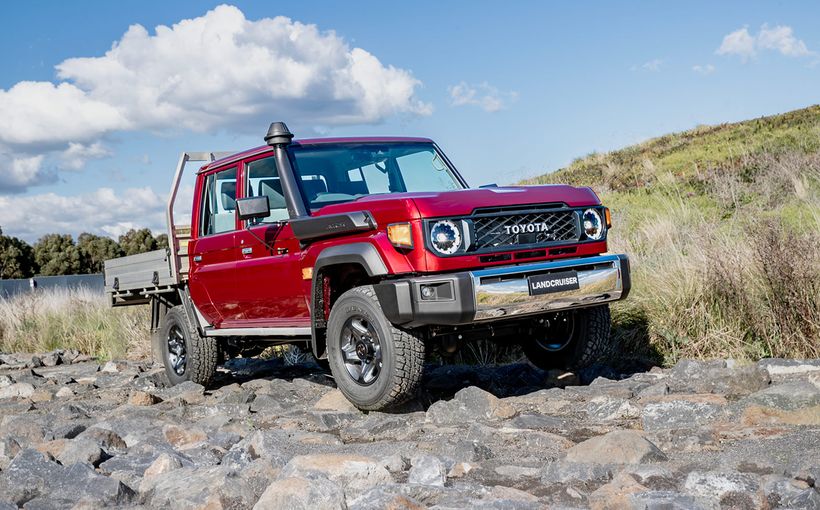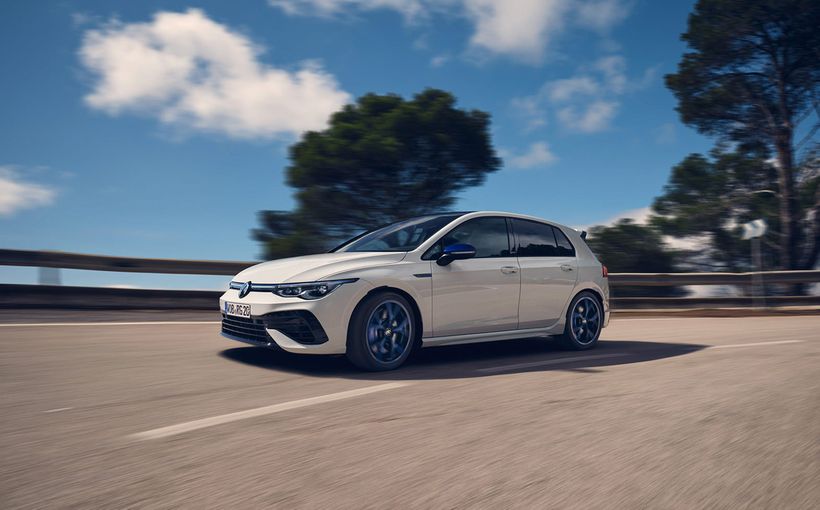Toyota Mirai - the 21st Century’s Ford Model T moment?
IS THE TOYOTA Mirai the most important new car so far this century?
That’s no exaggeration, for the rather awkwardly designed four-door sedan that’s somewhere between a Corolla and a Camry size-wise represents a third alternative to the internal combustion engine (ICE) and battery electric vehicle (BEV) car.
Or, think about it another way. As a Fuel Cell Vehicle (FCV), the Mirai (Japanese for ‘future’) does not rely on any form of fossil fuel at all to run. For example, if you live in Victoria and drive a Nissan Leaf, Mitsubishi i-MiEV, BMW i3 BEV or Tesla, the vast majority of the electricity you put in your car when you plug it into a wall socket is from brown coal power stations. The emissions are simply transferred from the exhaust pipe to the smoke stack.
But not in the Mirai, for the best way to think about this car is that it is its own power station, relying on a chemical reaction to produce electricity from hydrogen. Of course, the hydrogen has to be made in such a way that it is carbon-dioxide free, but that depends an the available infrastructure, and in the states and countries this Toyota is heading to, that is not going to be an issue, we’re told.

That hydrogen, by the way, is pumped from a bowser at a petrol station-like facility in about the same time it takes to refuel your vehicle today. That’s the biggest benefit of the FCV. It does not require a behavioural change like EVs do. There is no waiting around for recharging. And as long as you can reach a hydrogen bowser (like the ones popping up in Japan and California where the Mirai is hitting the road as you read this), the term ‘range anxiety’ simply does not apply.
All this technology is not new. General Motors, for instance, showcased a GMC FCV van in the very early 1970s, with the VW Kombi-like body housing all the technology behind the tight little front-row passenger cell. Today the Mirai’s equivalent fits within the bonnet and underfloor area.
If all this sounds too good to be true, let’s talk about pricing. In Japan, Toyota charges (no pun intended) under $70,000 for one of the highly specified Mirai FCVs. That seems pretty steep, but for a true zero-emissions electric vehicle, the reality is the price is actually sensationally low. Just a decade ago, the many and various experimental FCV concepts making the motor show rounds cost upwards of one million dollars. Each. We’re talking big money here.

In a way, in its very revolutionary way, the Toyota FCV is the logical evolution of what the Japanese industrial giant started with the original Prius hybrid at the 1997 Tokyo Motor Show. That car, of course, went on to usher in today’s petrol/diesel-electric hybrid era, and now the time is here for the newcomer to do the same for hydrogen vehicles.
In typical Japanese understatement, Toyota’s affable global boss, Akio Toyoda, said this car would help reduce people’s reliance on oil and therefore benefit the environment.

“We imagined a world filled with vehicles that would diminish our dependence on oil and reduce harm to the environment,” he stated. “It was a bold, but inspiring goal – and today it is a reality.
“Our fuel cell vehicle runs on hydrogen that can be made from virtually anything, even garbage. It has a fuel cell that creates enough electricity to power a house for about a week.
“This is a car that lets you have it all with no compromises."
Want to know more about the Mirai?
The Mirai uses what is dubbed the Toyota Fuel-Cell System (TFCS) that combines fuel cell and hybrid technology to emit nothing but water (in vapour form) from the rear of the vehicle.
The fuel cell ‘stack’ – essentially the car’s internal power station – delivers 114kW of power, with a volume power density of 3.1kW/litre.

Two high-pressure tanks store the hydrogen at a total volume of 122.4 litres, feeding that fuel cell stack, where oxygen is added to create a chemical reaction; electricity is the outcome, which then powers a 113kW/335Nm electric motor. The power is then stored in a 1.6kWh nickel-metal hydride battery.
Just like an equivalently sized ICE car, you can expect somewhere between 500km and 650km of distance between refills.
To keep things quiet inside, sound-absorbing material is used liberally around the cabin, coupled with noise-reducing glass for what Toyota reckons is “outstanding” quietness at speed. Space-wise, it is about as roomy as a Camry but a bit narrower.
The interior’s central info cluster at the top of the instrument panel includes a speedo and other vehicle operational data, displayed within a 4.2-inch screen.

One of the fears of odourless hydrogen revolves its propensity to leak; Toyota says the Mirai thus features sensors that provide warnings and shut off the (externally fitted) tanks’ main stop valves. In the unlikely event of a leak, to paraphrase airline parlance, the hydrogen will dissipate safely outside of the car.
From a driving and dynamics point of view, there are also a number of expected active safety features such as a pre-collision warning and braking system, lane-departure alert, and blind-spot monitoring.
Such has been the enthusiastic response to the Mirai following its December launch in Japan that Toyota announced that it will double production. Simultaneously, the government there is speeding up the rollout of hydrogen infrastructure.

Furthermore, to aid the take-up, Toyota recently added that it would provide free access to more than 5600 FCV-related patents royalty-free until 2020, in order to accelerate development of the technology.
Still, it’s all pretty small-fry stuff considering that 75 million vehicles are made annually around the world, with just 700 Mirais planned this year, 2000 in 2016, and 3000 for 2017, by which time USA and European sales would have commenced.
Toyota says the Mirai will be imported into countries according to their respective progress in the areas of regulation and infrastructure… so Australia, sadly, is off the radar for now.

Toyota Motor Corporation Australia product public relations manager Steve Coughlan told Shannons that the Mirai is an unlikely starter in Australia due to a lack of infrastructure, but would reconsider this if sufficient demand for hydrogen FCVs emerged.
“Our goal, as always, is to deliver the right product at the right time to meet the needs of Australian consumers,” Coughlan said.
It’s worth remembering that it took four years for the original Prius to land in Australia (late 2001), so we’re confident the Mirai will, too, make it to our shores.

Just as the Ford Model T helped put the world on wheels from 1908 to 1927, this revolutionary Toyota is the first real step to mass-market FCV affordability. Say hi to your hydrogen future! Excited? We sure are!
Byron Mathioudakis goauto.com.au
Protect your Toyota. Call Shannons Insurance on 13 46 46 to get a quote today.









